Have you ever looked closely at lilac flowers, after the blooms are spent? If the flowers have been pollinated, seed pods will form, which you can later harvest for seed. Learn how to save lilac seeds, and start new plants from your lilac bush.

Every spring I look forward to the lilac blooms, and I'm so grateful to have these fabulous bushes growing in the yard.
These flowering plants are woody plants which produce blooms on wood from last year's growth.
Lilac shrubs are low-maintenance plants, until they develop a lot of old wood on the bush. Then they will generally require a pruning, to promote new growth and better blooming.
Lilacs are such an amazing cut flower. The fragrant blooms are intoxicating, and the flowers are so beautiful and easy to arrange in the vase.
If I could grow a forest of them, I probably would.
In fact I may.

Propagating Lilacs
Lilacs can be propagated in a number of different ways.
The plants can be propagated by:
- taking lilac cuttings
- digging up and then replanting lilac shoots
- and by seed collection and planting.
This growing season I have saved lots of lilac seeds for propagation to make new plants.

We also grew lilacs from cuttings, as well as dug up and propagated lilacs from shoots, to expand our lilac plantings.
Both of these methods of propagation result in the exact same specimen as the parent plant.
Growing from seed is not necessarily as predictive, as you never know exactly what the lilac plant will eventually look like. This is because lilacs grown from seed are hybrids, and are not the same genetically as the parent plants.
That can be a good thing however, as you may get a different plant that is even better.
Time will tell, when the new lilac shrubs bloom, which can take up to ten years or so from planting.

Why Save Lilac Seeds?
- Saving lilac seeds will allow you to grow lilac plants in an economical way.
- It's also a great way to add more lilacs to your garden, if your old lilacs are getting woody and have reduced blooming.
- The seeds will provide an opportunity to grow many lilac plants from your favorite lilac tree.

- Remember, the new plants will be hybrids, so you may end up growing a new and special lilac cultivar.
- Saving lilac seeds also allows you to spend time outside with the plant, and get to know it a bit better.
- The seed saving process in general is very fascinating, and discovering just how the plants develop and make their seeds is a rewarding experience.
- Lilac seeds are very unique, and the way in which the pod releases the seed is very interesting.
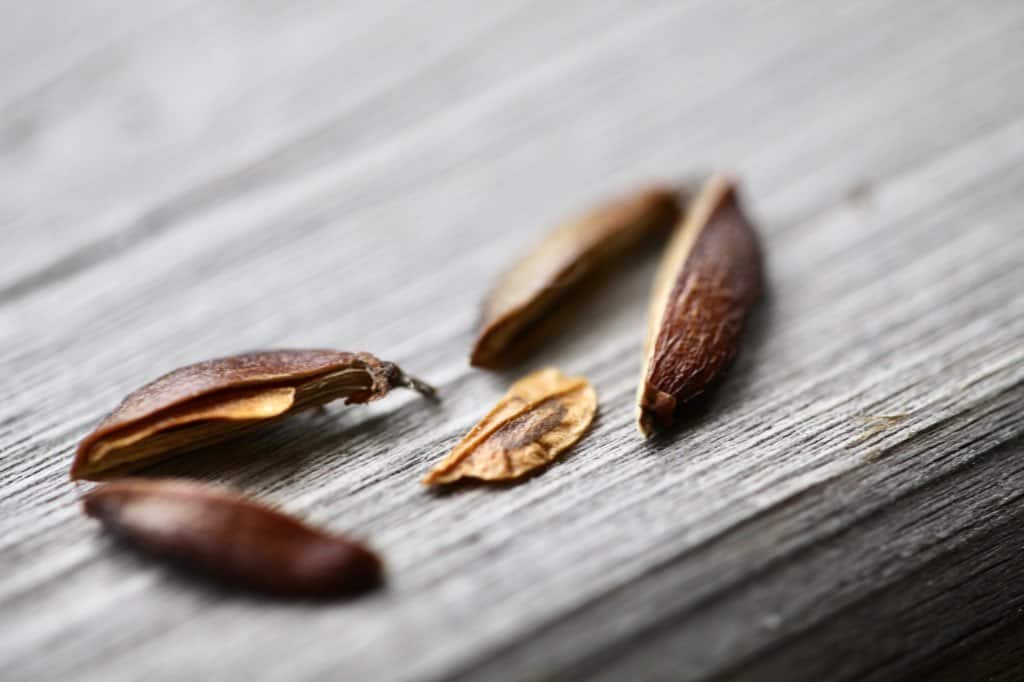
How To Save Lilac Seeds
If you plan to save some lilac seeds this season or next, it's important to know just where to find them, and also when to harvest them for best viability.
The common lilac, or syringa vulgaris, is a fertile plant which produces lots of seed on flowering bushes.
This lilac variety is one from which many new hybrids have beed bred.
If you have a common lilac in your garden, or know where to find one, this plant will likely be a source for seeds, as long as it has flowered this season.
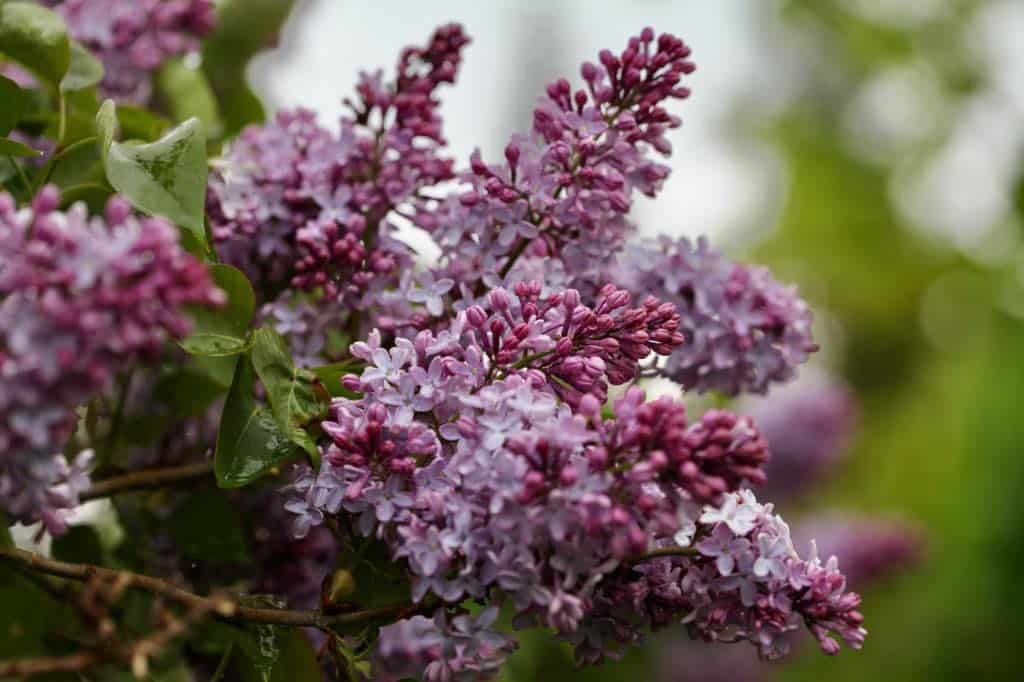
Lilac seed pods are formed in early spring, after the new growth has formed on the bush, and the lilac flowers have bloomed. The seed pods will appear after the spent or dead flowers have withered and dropped.
Flowers must be pollinated successfully for seed formation to occur.
The seeds form inside seed pods, and continue to grow throughout the summer.
They are released from the seed pods at the end of the growing season. This is when the pods are mature, and open up, to reveal one or two seeds inside.
Throughout the summer and into the fall, I kept a close eye on the lilac seed pods on our lilac bush, waiting for them to mature and begin to open.

What Do Lilac Seeds Look Like?
If the lilac blossoms are pollinated, small seed pods will begin to form where the blossoms had grown.
Lilac flowers are actually clusters of smaller blossoms growing together within the cluster. When the smaller individual blossoms are pollinated, they will begin to form seed pods.
When the flowers are spent, and you go looking for seed pods, you will find the seed pods growing on the spent flower clusters. There you will discover pods, instead of blooms.
That is of course, only if pollination was successful.
Not all of the blossoms within each flower cluster are usually fertilized successfully, but if you are lucky, you may get many seed pods within one cluster.

The Pods
- Let's have a look at what the lilac seed pods actually look like.
- The pods form within the flower cluster, on individual flowers that are pollinated by insects and bees. The individual pods are somewhat flat and oblong in shape, with a point at the tip.
- Lilac seed pods are green when immature, and then gradually turn brown at maturity.

- When the pods reach maturity, they begin to open up at the top, slowly separating in half to reveal the seeds inside.
- Each open pod reminds me of a tiny little packman, because they look like little creatures with open mouths.
- After the pods become fully open and dry, the lilac seeds inside are dislodged, and fall to the ground to make new plants.
- The seed pods measure a little over 1cm in length.

The Seeds
- Lilac seeds are formed within the seed pods.
- There can be up to four seeds found within each pod, although there are often only one or two. There is room for two seeds within each side of the pod.
- These seeds are small and brown, and covered with a papery brown covering.
- The seeds are approximately 0.5cm to 0.75cm in length.


When To Harvest
In order for seeds to be viable, they must mature on the plant.
This means therefore, not to pick the cluster of lilac seed pods too early, if you want to have success growing the seeds.
At the end of the season, in late summer or early fall, when the seeds start to open at the top and have begun to turn brown, they can be harvested.
Last year I missed the seeds completely, and when I went searching in spring for the seed heads, there were only empty seed pods remaining on the bush.

These seed pods were wide open and the seeds had long been dispersed.
I had hoped for a stray seed or two, however there were none left on the bush.
So this season I wanted to make sure that I didn't miss them. I watched them grow and mature, and made sure that they were not released before I had a chance to harvest them.

How To Harvest
Lilac seeds are easy to harvest and save.
- You can handpick seeds off the plant individually, however it's easier to harvest the whole flower head containing the multiple seed pods all at once.

- With a pair of snippers, cut at the base of the flower head, separating the cluster of seed pods from the lilac stem.
- Place the harvested seed pods in a bowl or basket, and take them inside for processing.

- If you are not ready to process them right away, that's okay. I left mine for about a month, allowing them to dry out further, making the seed removal even easier.
- As the seed pods continue to dry, they continue to open up even further.

Removing The Seeds From Pods
It can take a bit of effort to remove the lilac seeds from the outer seed pods.
The wider the opening at the top of the seed pods, generally the easier they are to open up.
Pull the dried pods open, and you will see the smaller brown seed or seeds inside.


Most often there is only one seed on the inside of the pod, although sometimes you may find two seeds.
Pull the seeds out of the pod, and place into a container. You can use your fingers or a pair of tweezers to pull the seeds out.
When the seeds have been removed from the pods, they are ready to store.

Storing The Seeds
Lilac seeds can be stored in an envelope in a cool and dry location.
I like to store most seeds in a paper envelope rather than a plastic bag, to help to keep them dry. The paper will wick away any moisture from the dry seed, and helps to prevent molding of the seeds.
If you plan to plant the seeds within the next six months, consider storing them in your fridge, and provide a cold stratification period so that they will germinate more easily once planted.

Stratifying The Seeds
Lilac seeds require a stratification period for successful germination.
Like other shrubs growing in temperate climates, lilacs have adapted to protect the seeds that are produced in fall, from the freezes of winter.
The freezes and thaws in fact will eventually help the seeds to germinate once spring arrives.
The outer shell on the seed becomes softer and more easily penetrated the more it is exposed to the moist and freezing temperatures.
This process of moist cold exposure is essentially the stratification of the seed.
In springtime, from inside the seed, the germinating lilac root will easily break through the seed casing, and begin the grow.
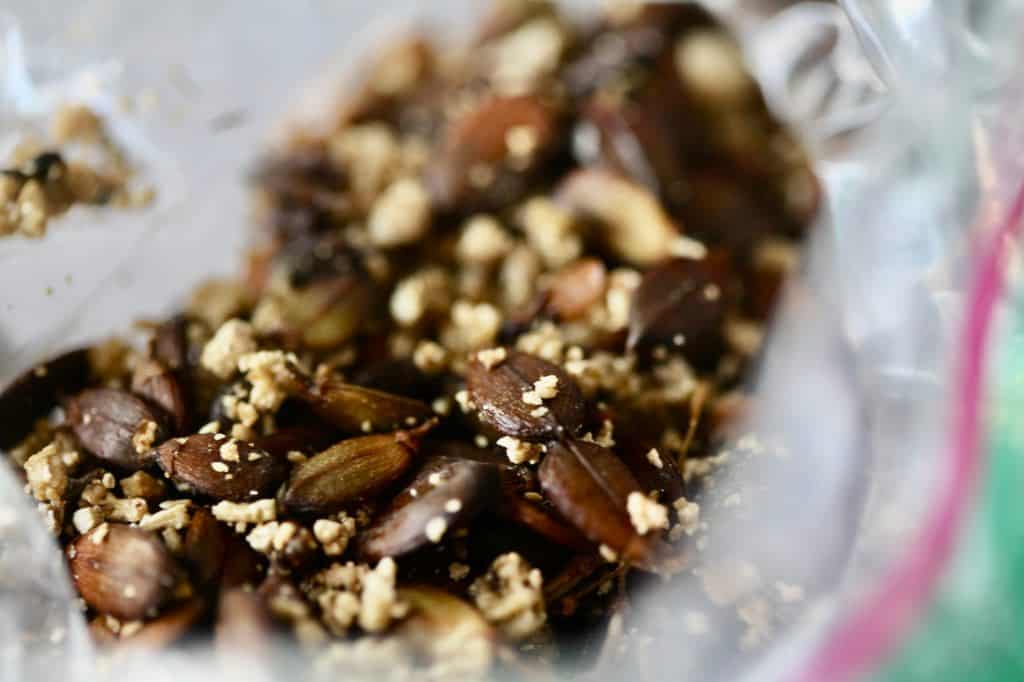
Method To Stratify Lilac Seeds
- If you have a handful of lilac seeds that you intend to plant, consider the need for stratifying the seeds. Mimic the cold chill of winter, and add a bit of moisture as well.
- I like to use moistened vermiculite to stratify seeds, as it seems to allow only enough moisture to keep the vermiculite granules moist, and prevents the lilac seeds from sitting in water.
- You can also use a dampened peat moss, which has been squeezed out to remove the extra moisture.
- Place a couple of tablespoons of vermiculite in a sealable plastic baggie.
- Add some water to the bag, and moisten the vermiculite.

- Pour out the excess moisture, leaving only the moist vermiculite.
- Add the lilac seeds to the baggie and seal the bag shut. You can place the lilac seeds or the pods containing the seeds into the baggie.
- Just note that the seed pods will close up when placed into the moistened vermiculite, making them more difficult to open.
- In this case, you may want to remove the seeds from the pods, before stratifying.
- Place the baggie into the fridge, preferably in the crisper drawer where the seeds will be left undisturbed.
- A cool moist chill in a baggie in the fridge will help to stratify the lilac seeds.
- Keep the seeds in the fridge for 40 to 60 days for best germination results.
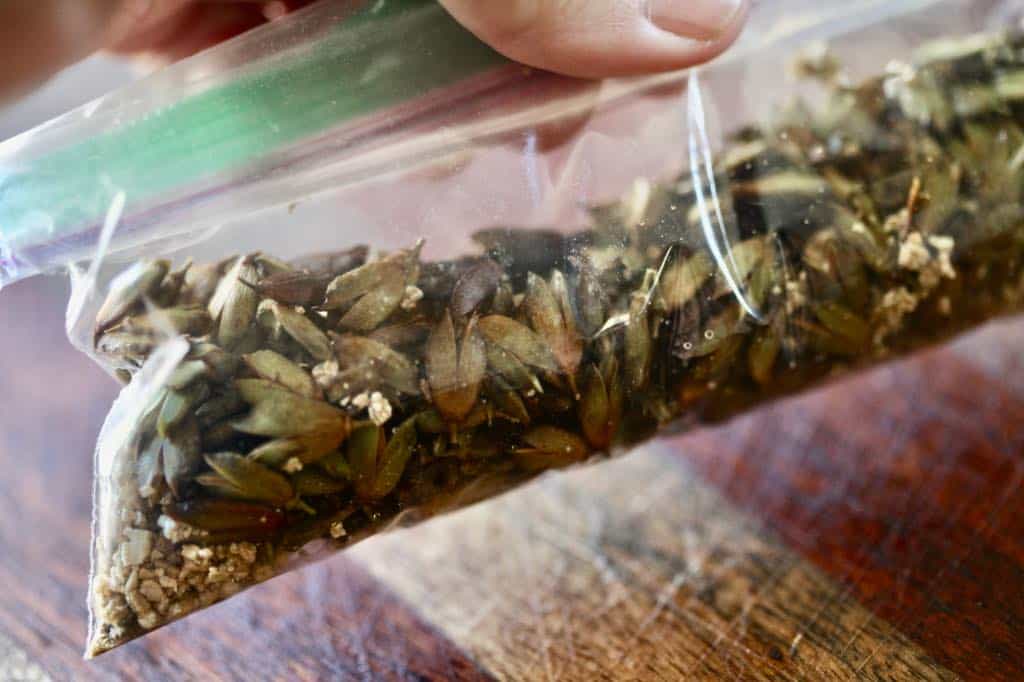
Planting The Seeds
- Lilac seeds can be planted in late winter, after they have had a cold moist chill period for the appropriate length of time.
- The only time to plant without stratification, is when you have winter sown the seeds in containers, such as milk jugs. Using this method, the seeds will be naturally stratified outside.
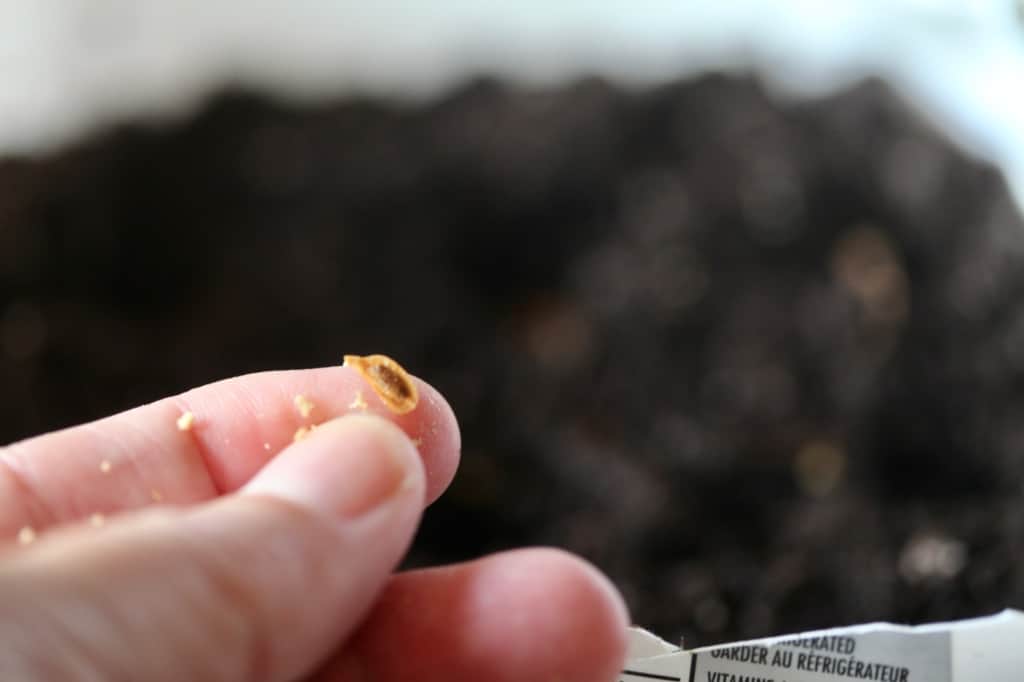
- If starting the seeds indoors, sow seed into cell trays in a good soilless mix approximately ¼ inch deep. Keep the mix moist throughout the germination period, and do not allow the mix to dry out.
- Place the cell tray on a heat mat until there is approximately 60% germination. Once germinated, remove from the heat mat and grow under lights until the seedlings can be planted out in spring.
- Lilac seedlings can take some time to germinate, and they will not all germinate at once. Some may lag, and not germinate for several months.
- Remember to keep the soil moist for those seeds that may lag behind, as there is always hope for a later germination.
- Always remember to harden off seedlings grown inside before planting out into the garden the following spring.
- Plant in a full sun location in late spring, after the last frost, into well-drained soil full of organic matter.
- You will not likely see the first blooms from the young plants for some time, as they may take ten years to bloom, however it will be well worth the wait.

Conclusion
Lilacs are low maintenance plants with fragrant flowers, and saving the seed will allow you to grow many more of these fabulous plants in the garden.
It's easy to harvest and save lilac seeds. The seeds can be stored until ready to plant.
By saving lots of seed, you will likely be able to grow a lilac hedge with your new lilac bushes.
Before planting, remember to stratify the seeds for successful germination.
It does take some time for the seeds to grow to maturity, and they may not bloom until at least the tenth year from planting. This is important to keep in mind if you are looking for blooming plants sooner.
Saving lilac seeds will allow you to have lots of seeds for planting, and help to exponentially increase the lilac plantings for your garden.

Have you ever tried to save lilac seeds? Be sure to leave a comment below to share your experience!
Other Posts You May Like:
See the Web Story on Saving Lilac Seeds!
See the Web Story on Harvesting Lilac Seeds!
PIN IT FOR LATER!



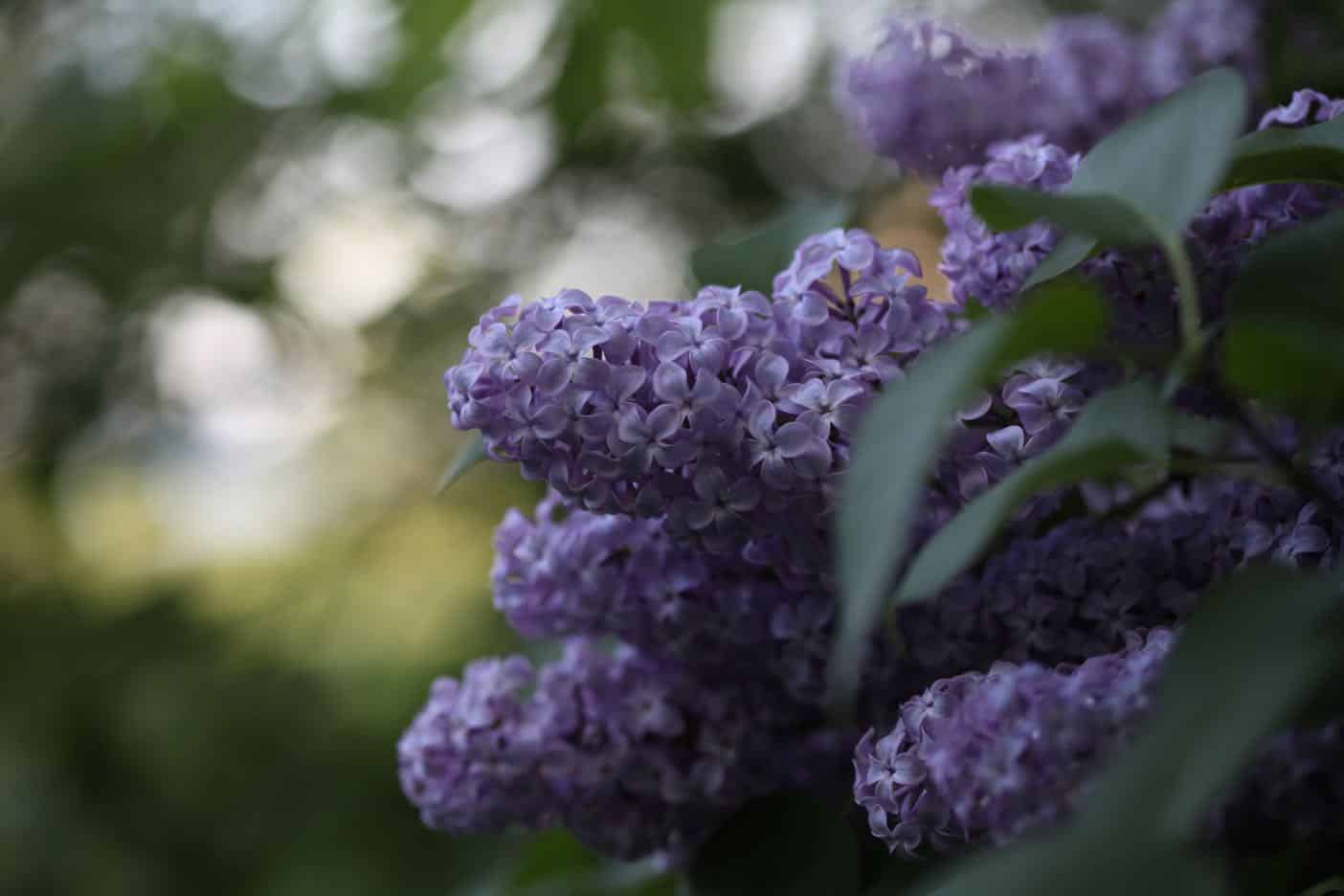

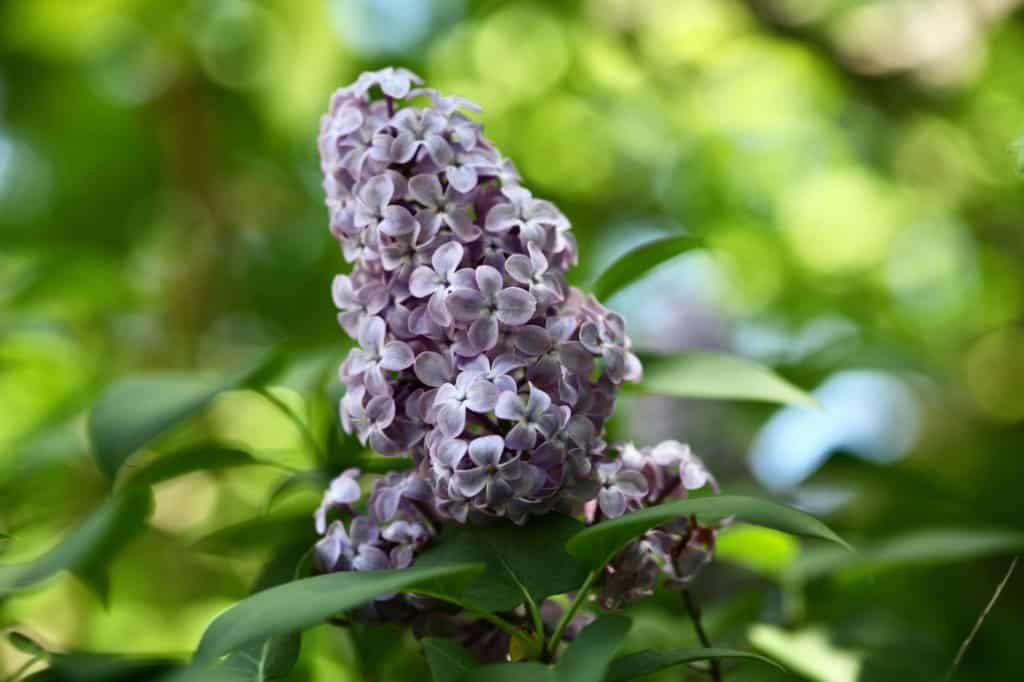




Leave a Reply